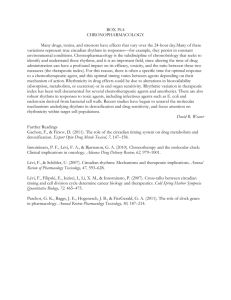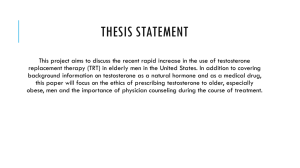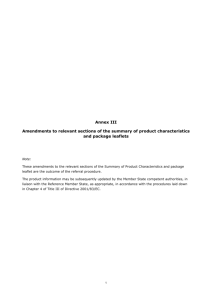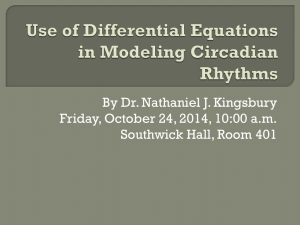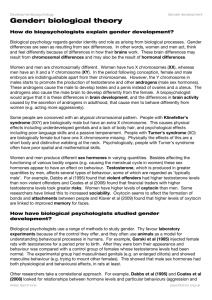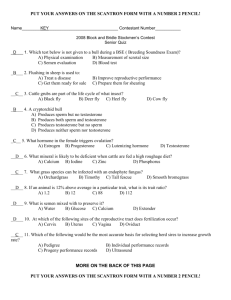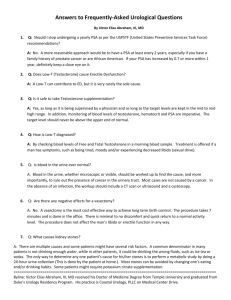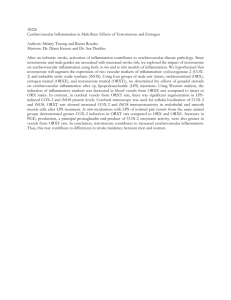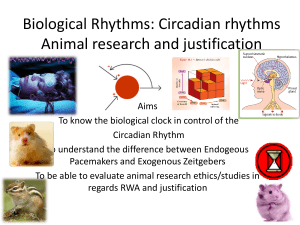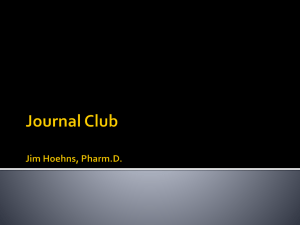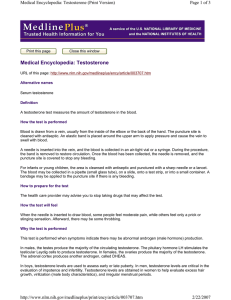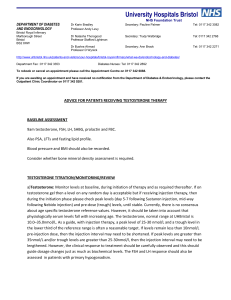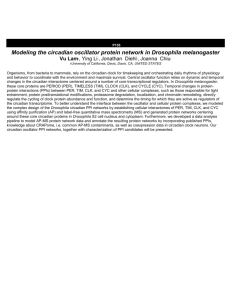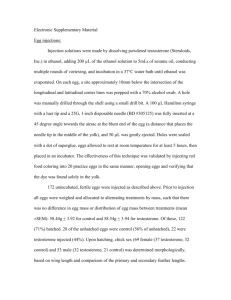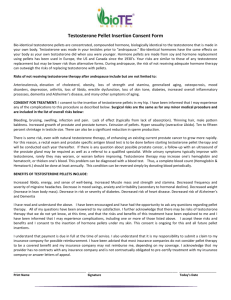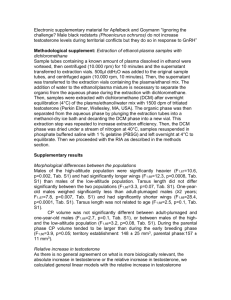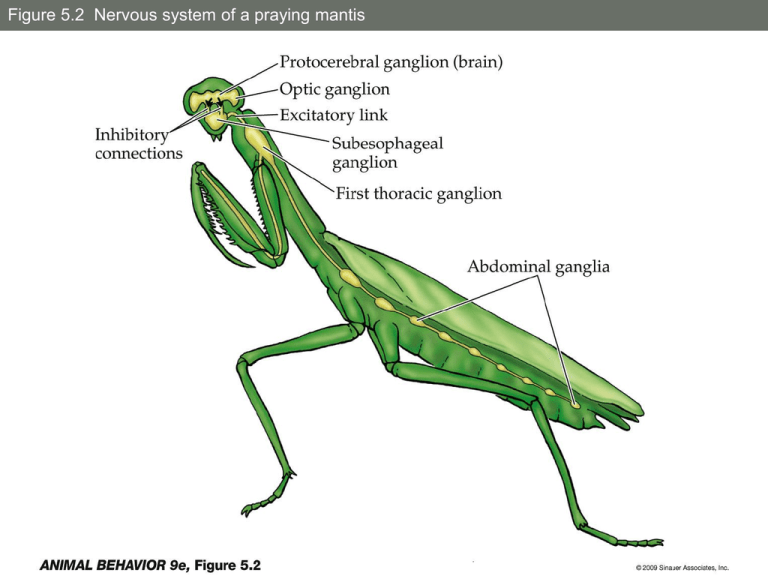
Figure 5.2 Nervous system of a praying mantis
Figure 5.4 The blowfly’s nervous system and digestive system
Figure 5.5 Record of neural and behavioral activity of a calling cricket
Figure 5.6 Circadian rhythms in cricket calling behavior
Figure 5.7 Early in the night, the long-winged, flight-capable form of Gryllus firmus has higher
concentrations of JH than the short-winged form
Figure 5.8 The cricket nervous system
Figure 5.9 A master clock may, in some species, act as a pacemaker that regulates the many
other mechanisms controlling circadian rhythms within individuals
Figure 5.10 The genetics of biological clocks in mammals and fruit flies
Figure 5.11 Mutations of the per gene affect the circadian rhythms of fruit flies
Figure 5.12 Expression of the gene that codes for PK2 in the SCN
Figure 5.13 Circadian control of wheel running by white rats changes when the brains of rats are
injected with PK2
Figure 5.14 Naked mole rats lack a circadian rhythm
Figure 5.15 Circannual rhythm of the golden-mantled ground squirrel
Figure 5.16 Circannual rhythm in a stonechat
Figure 5.18 A cycle of photo-sensitivity
Figure 5.19 A hormonal response to light
Figure 5.20 Changes in the song control regions of the rufous-winged sparrow’s brain occur after
summer rainfall
Figure 5.22 Photoperiod affects testis size in the red crossbill
Figure 5.23 Dominant male odors change female mate preferences in the house mouse
Figure 5.24 Regulation of infanticide by male house mice
Figure 5.25 A hormonal effect on infanticidal behavior in laboratory mice
Figure 5.26 Testosterone and progesterone concentrations in three categories of male California
mice
Figure 5.27 Testosterone and the control of sexual motivation in male Japanese quail (Part 1)
Figure 5.27 Testosterone and the control of sexual motivation in male Japanese quail (Part 2)
Figure 5.28 Female fruit flies mated to males unable to supply sex peptide are as likely to copulate
again within 48 hours as are virgin females
Figure 5.29 An associated reproductive pattern in the green anole and a dissociated reproductive
pattern in the red-sided garter snake
Figure 5.33 The chemical structure of testosterone and its diverse effects on physiology and
behavior
Zysling et al. 2006
Figure 5.36 Testosterone and territorial behavior (Part 1)
Figure 5.36 Testosterone and territorial behavior (Part 2)
Figure 5.39 Testosterone and the long-term maintenance of mating behavior

